
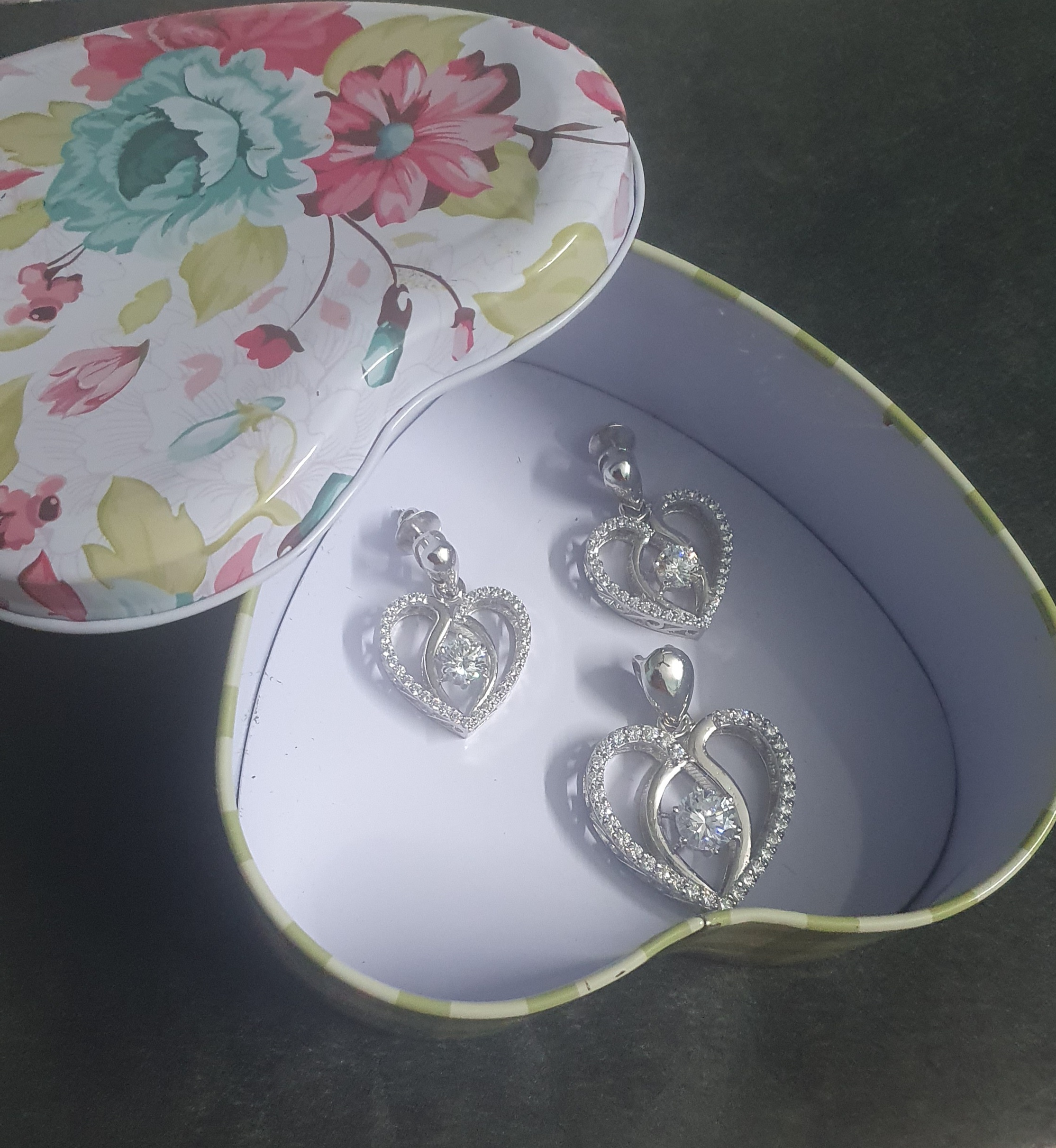
It is a material of timeless elegance and enduring value: silver metal.

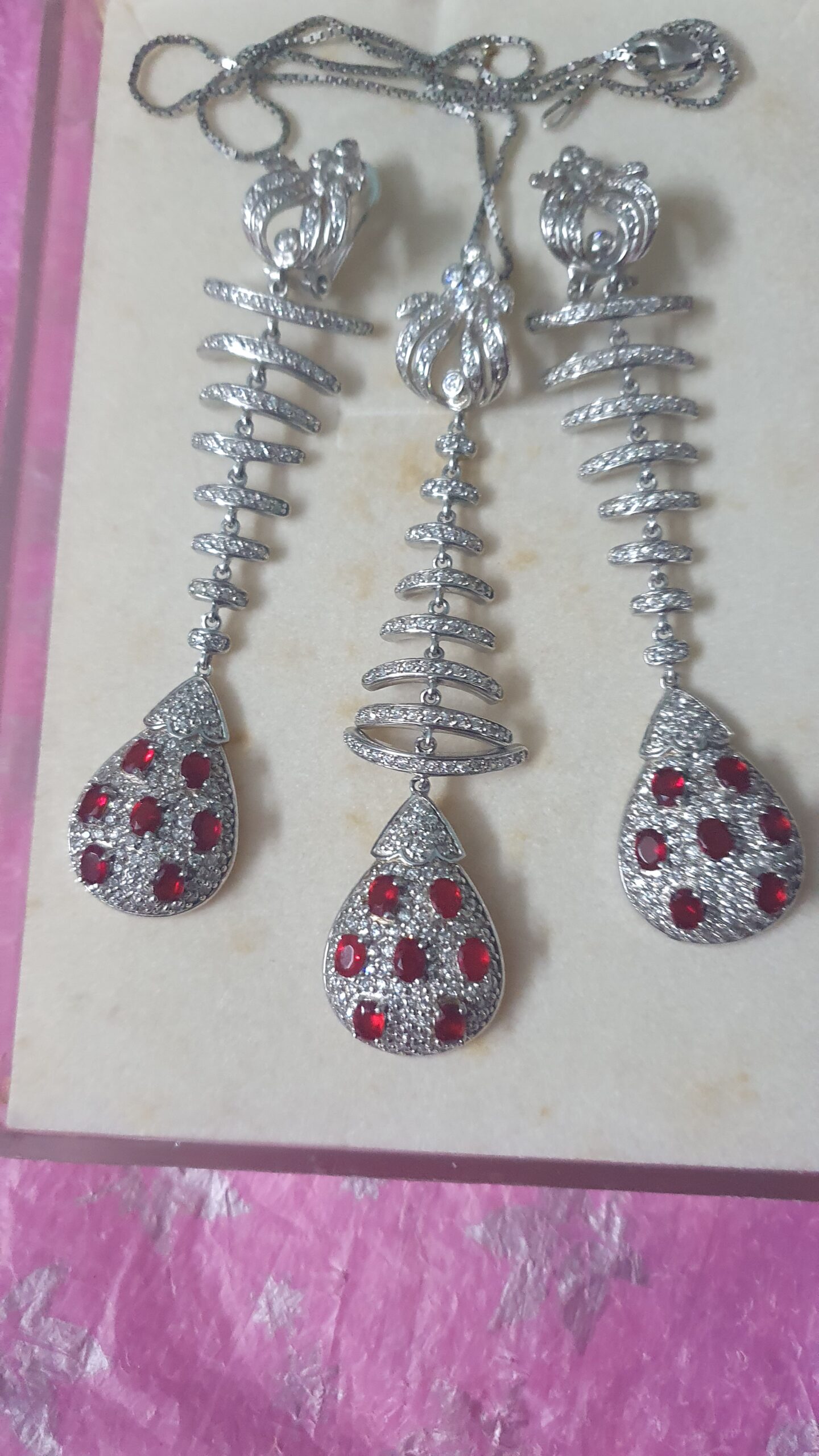
For millennia, it has captivated humanity with its lustrous beauty and unique properties. Its shimmering white brilliance has adorned royalty, graced sacred objects, and served as a symbol of wealth and prosperity.
But silver is more than just a pretty face. It is a versatile element with a wide range of applications, from jewelry and silverware to electronics and medicine. Its high electrical conductivity makes it essential for circuit boards and solar panels, while its antimicrobial properties have been recognized for centuries in traditional medicine.
In recent years, silver has also played a crucial role in the fight against climate change. Its use in solar panels helps harness clean energy, and its catalytic properties are being explored for various environmental applications.
As we move forward, silver will continue to be an indispensable material in our lives. Its unique combination of beauty, utility, and sustainability ensures its place in our homes, industries, and technologies for generations to come
UNKNOWN FACTS ABOUT SILVER
- Best Natural Reflector – It is the most reflective metal, capable of reflecting up to 95% of visible light. This property makes it essential in mirrors, telescopes, and even solar panels.
- Highest Electrical Conductivity – It has the highest electrical and thermal conductivity of all metals, surpassing copper and gold. It is widely used in electronics, including circuit boards and batteries.
- Antibacterial Properties – It naturally kills bacteria and fungi, which is why it has been used in medical tools, wound dressings, and even water purification. Ancient civilizations stored water and wine in silver vessels to prevent contamination.
- Used in Space Technology – Due to its conductivity and resistance to extreme temperatures, it is used in spacecraft, satellites, and NASA’s high-tech equipment.
- Turns Black Due to Sulfur, Not Oxygen – Unlike iron, silver does not rust. However, it tarnishes when exposed to sulfur compounds in the air, forming a black layer of silver sulfide.
- Once More Valuable Than Gold – In ancient Egypt and medieval Europe, silver metal was sometimes considered more precious than gold due to its rarity and practical applications.
- Essential in Photography – Before digital cameras, silver nitrate was a key component in film photography, playing a crucial role in developing images.
- Moon Connection – It is often associated with the moon in various cultures due to its soft, white glow. Many ancient civilizations believed silver had mystical lunar energy.
- Used in Medicine and Bandages – Silvermetal-infused bandages and medical tools are still used today to prevent infections and promote healing, especially for burn victims.
- Naturally Found in the Human Body – Trace amounts of the metal exist in the human body, but its function remains largely unknown. Some believe it plays a role in immune system health.
It”s unique properties and historical significance make it one of the most fascinating and widely used metals in the world.
WHY SILVER IS THE BEST FOR MAKING JEWELERY?
Jewelry has been an integral part of human culture for centuries, symbolizing status, beauty, and sentiment. Among the many metals used for crafting jewelry, silver has long held a special place. Its brilliant sheen, versatility, affordability, and durability make it a top choice for both designers and consumers. In this article, we will explore why silver is the best metal for making jewelry by looking at its properties, benefits, and applications.
1. Aesthetic Appeal and Versatility
Silver is well known for its stunning luster, which makes it a visually appealing choice for jewelry. It has a bright, white sheen that enhances the beauty of gemstones and intricate designs. This natural brilliance makes silver jewelry stand out, whether worn casually or for special occasions.
It is also incredibly versatile. It can be shaped into delicate, intricate designs or bold, statement pieces. Jewelry designers appreciate silver because it allows for endless creativity, from minimalist rings to elaborate necklaces. Additionally, silver can be polished for a high-gloss finish or given a matte texture for a more subdued look.
2. Affordability
Compared to other precious metals like gold and platinum, silver price is significantly more affordable. This makes it an excellent choice for people who want beautiful, high-quality jewelry without spending a fortune. Being less expensive, designers and manufacturers can produce a wide variety of styles, making fine jewelry accessible to a broader audience. The price also allows people to own multiple pieces for different occasions. Whether you’re looking for everyday jewelry or something for a special event, silver provides a cost-effective option without compromising on quality.
3. Durability and Longevity
It is a durable metal that, when properly cared for, can last for generations. The most commonly used type in jewelry is sterling silver, which is composed of 92.5% pure silver and 7.5% other metals, typically copper. This blend increases the strength of the metal while maintaining its signature shine and beauty.
Sterling silver jewelry can withstand daily wear and tear while retaining its elegance. Unlike fashion jewelry made from cheaper materials, silver does not easily break, bend, or corrode. When cared for properly, silver jewelry remains a timeless investment.
4. Hypoallergenic Properties
Many people have metal allergies that cause skin irritation when wearing jewelry. Unlike nickel and some other base metals, silver is hypoallergenic, making it an excellent choice for people with sensitive skin. Sterling silver, especially when free of nickel, is gentle on the skin and reduces the risk of allergic reactions.
This property makes silver ideal for earrings, rings, and other jewelry that come into direct contact with the skin. Those who experience discomfort from other metals can wear silver comfortably without worry.
5. Easy Maintenance
Silver jewelry is relatively easy to maintain. While silver can tarnish over time due to exposure to air and moisture, it can be easily cleaned and restored to its original shine. There are several simple ways to keep silver jewelry looking its best, including:
- Polishing with a soft cloth
- Using a silver cleaning solution
- Storing jewelry in an anti-tarnish pouch
- Keeping it dry and away from harsh chemicals
With proper care, silver jewelry can maintain its brilliance for years, making it a practical and attractive choice.
6. Adaptability to Trends
It is a metal that can easily adapt to changing fashion trends. Whether the trend is for delicate, minimalist designs or bold, chunky statement pieces, silver can be crafted to fit any style. Jewelry designers favor silver because it is easy to work with and allows for intricate details that follow contemporary trends.
Additionally, silver pairs well with various gemstones, including diamonds, emeralds, sapphires, and turquoise. This makes it a versatile option that suits different fashion preferences and personal styles.
7. Symbolism and Cultural Significance
It has been cherished in different cultures for centuries. In many traditions, silver is believed to have spiritual and healing properties. Some cultures consider silver a symbol of purity, clarity, and wisdom. In addition, silver jewelry is often gifted for special occasions such as anniversaries, birthdays, and religious ceremonies.
The deep-rooted cultural and symbolic significance of silver makes it a meaningful choice for jewelry, whether worn for personal expression or given as a cherished gift.
8. Sustainability and Ethical Sourcing
As sustainability becomes an essential factor in consumer choices, silver is a more environmentally friendly option compared to some other metals. Many jewelers now use recycled silver to reduce the environmental impact of mining. Additionally, silver mining has a lower environmental footprint compared to gold or platinum.
With ethical sourcing and sustainable practices becoming more widespread, silver jewelry appeals to consumers who want to make responsible purchasing decisions without sacrificing style or quality.
9. Investment Value
While silver is more affordable than gold and platinum, it still holds investment value. The price of silver fluctuates in the global market, making it a precious commodity. Many investors include silver in their portfolios, and individuals who purchase silver jewelry often view it as an asset that can be passed down through generations.
Unlike fashion jewelry that loses its value over time, silver retains its worth and can be resold or repurposed. This makes it a smart choice for those looking to invest in quality pieces.
10. Customization Options
One of the best aspects of silver jewelry is the ability to customize it easily. Engravings, personalized designs, and handcrafted details can be added to silver pieces, making them unique and sentimental. Whether it’s a monogrammed pendant, an engraved bracelet, or a custom engagement ring, silver allows for endless personalization options.
This makes silver jewelry a popular choice for gifts and commemorative pieces, allowing people to create one-of-a-kind jewelry with special meaning.
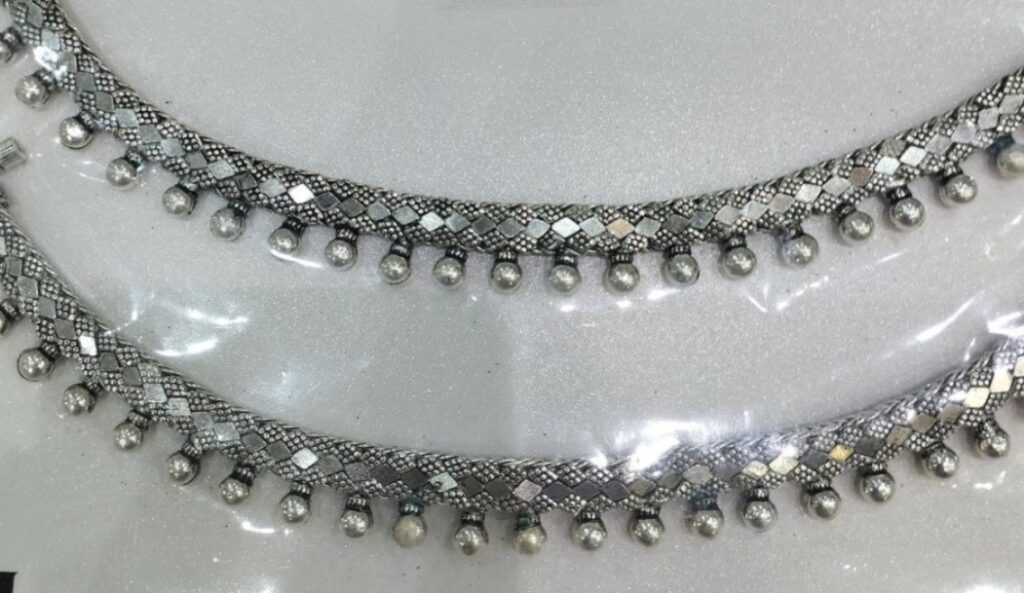
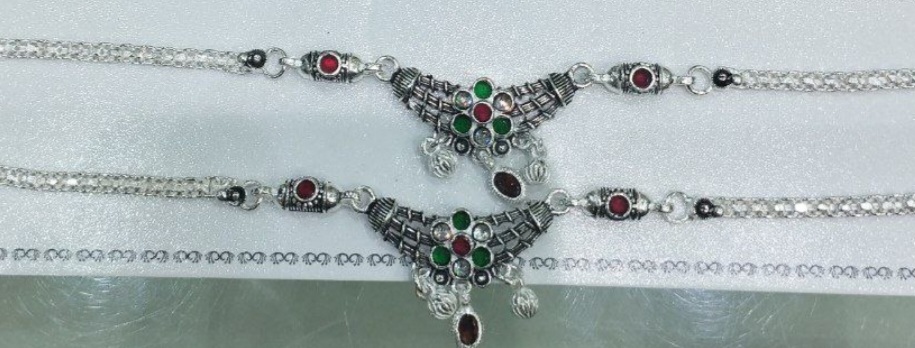
SILVER GIFT ITEMS
Silver, with its timeless elegance and enduring value, makes a beautiful and meaningful gift to express care and love. Here are some silver gift ideas, categorized for your consideration:
For Romantic Relationships:
- Jewelry: A classic choice, silver jewelry can be both beautiful and sentimental. Consider a delicate necklace with a heart pendant, a pair of elegant earrings, or a bracelet engraved with a special date or message.
- Personalized Gifts: Add a personal touch to your gift by having it engraved with initials, a special date, or a meaningful quote. This could be a piece of jewelry, a silver frame for a cherished photo, or even a silver pen for the writer in your life.
- Keepsakes: Silver keepsakes, such as a music box, a trinket box, or a small sculpture, can be treasured for years to come. These gifts can serve as a constant reminder of your love and affection.
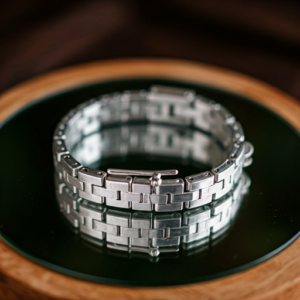
For Family and Friends:
- Home Decor: Silver home decor items, such as candle holders, picture frames, or decorative bowls, can add a touch of elegance to any home. These gifts can be enjoyed by the whole family and serve as a reminder of your thoughtfulness.
- Practical Gifts: Consider gifting silver items that can be used every day, such as a set of silver spoons, a silver-plated tea set, or a silver-handled serving tray. These gifts are both beautiful and functional.
- Religious Items: For those who are religious, silver religious items, such as a cross pendant, a Star of David necklace, or a small statue of a patron saint, can be a meaningful and cherished gift.

For Special Occasions:
- Birthdays: A silver birthday gift can be a lasting reminder of a special milestone. Consider a piece of jewelry with the recipient’s birthstone, a silver frame for a birthday photo, or a personalized silver keychain.
- Anniversaries: Silver is the traditional gift for a 25th anniversary, making it a perfect way to celebrate this special occasion. Consider a silver-plated serving set, a silver picture frame for a wedding photo, or a piece of silver jewelry.
- Graduations: A silver graduation gift can be a symbol of accomplishment and a reminder of the graduate’s bright future. Consider a silver pen, a silver-plated business card holder, or a piece of silver jewelry.

Additional Considerations:
- Quality: When choosing a silver gift, it is important to consider the quality of the silver. Look for items that are made from sterling silver, which is 92.5% pure silver.
- Style: Consider the recipient’s personal style when choosing a silver gift. Do they prefer classic or modern designs? Do they have a particular interest or hobby that you can incorporate into the gift?
- Presentation: The presentation of your gift is just as important as the gift itself. Wrap your silver gift in beautiful paper and add a personal touch with a handwritten card.
No matter what type of silver gift you choose, it is sure to be treasured for years to come.
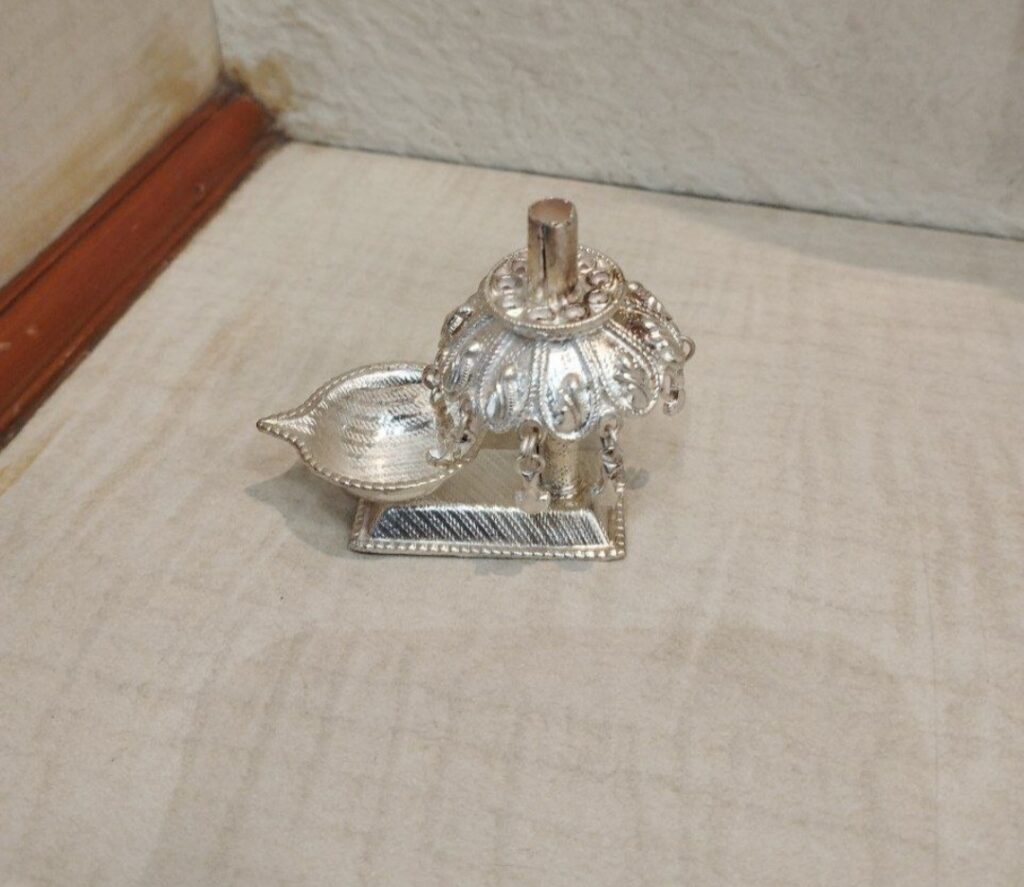
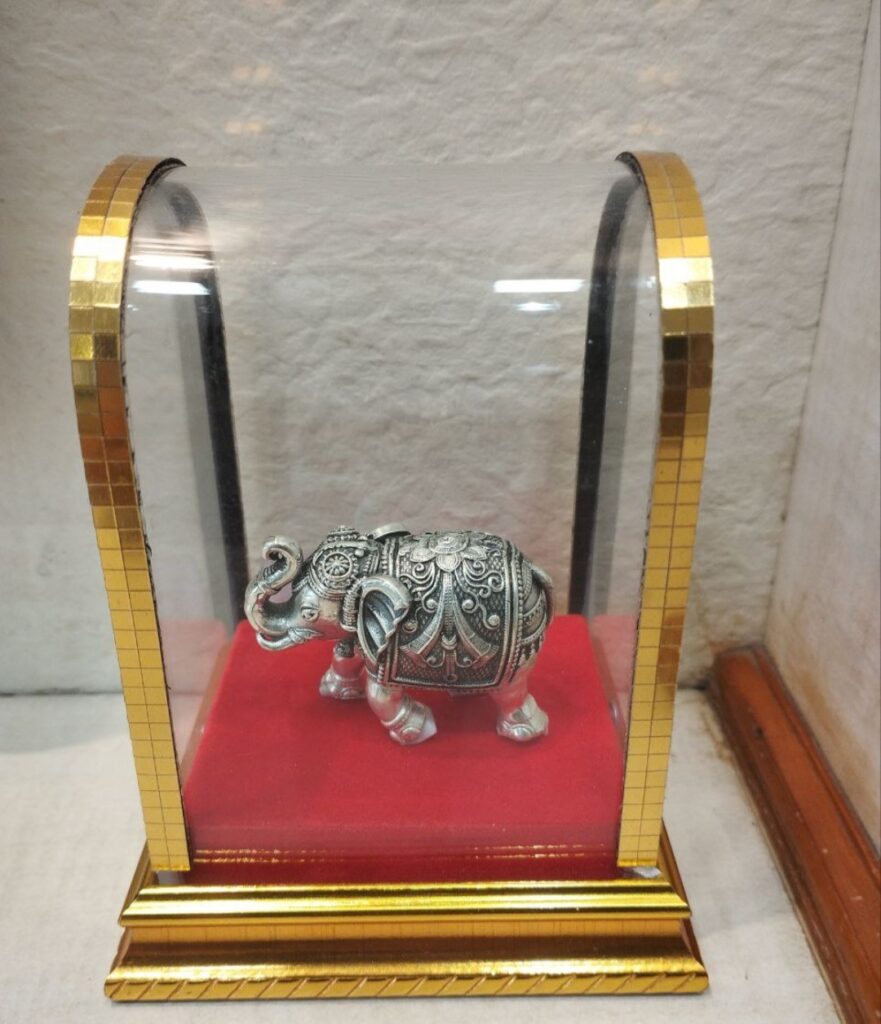
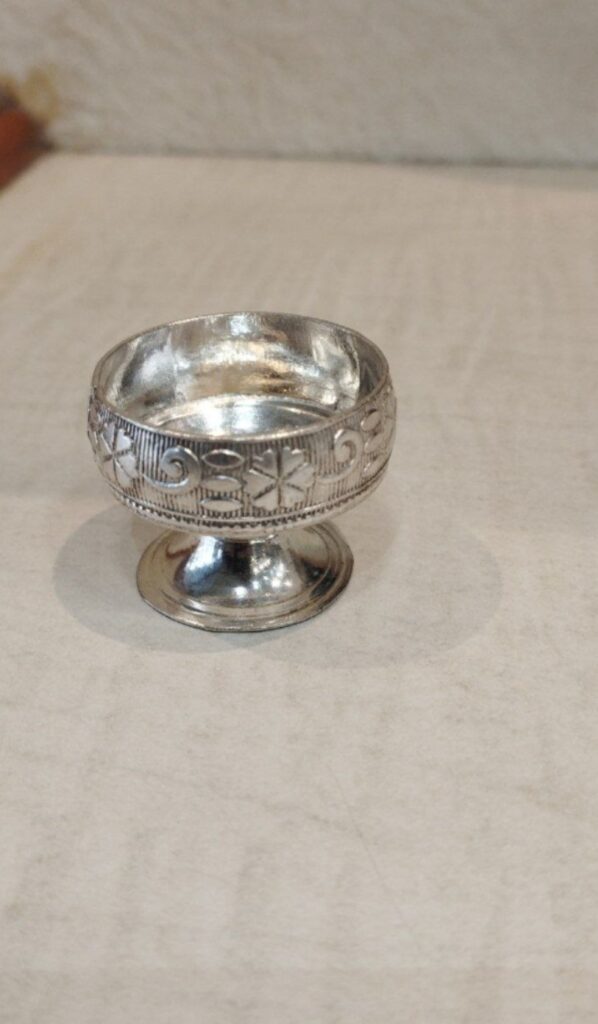
Frequently Asked Questions (FAQ)
1. What is silver?
Silver is a naturally occurring precious metal with the chemical symbol Ag. It is known for its high conductivity, lustrous appearance, and use in jewelry, coins, and industrial applications.
2. What is sterling silver?
Sterling silver is an alloy containing 92.5% pure silver and 7.5% other metals, typically copper. It is commonly used in jewelry and tableware due to its durability.
3. What is fine silver?
Fine silver refers to silver that is 99.9% pure (marked as .999). It is softer than sterling silver and is often used in bullion, coins, and high-end jewelry.
4. How can I tell if my silver is real?
You can check the authenticity of silver by looking for hallmark stamps (such as .925 or .999), using a magnet (silver is non-magnetic), or performing an acid test.
5. Does silver tarnish?
Yes, silver tarnishes over time due to exposure to sulfur and oxygen, forming a blackish layer of silver sulfide. However, it can be easily cleaned.
6. How can I clean silver jewelry at home?
You can clean silver jewelry with a mixture of baking soda and water, a silver polishing cloth, or a commercial silver cleaner. Avoid harsh chemicals that can damage the surface.
7. What is the difference between silver and white gold?
Silver is a pure metal with a lower price, while white gold is an alloy of gold mixed with white metals and coated with rhodium. White gold is more durable and resistant to tarnishing than silver.
8. Why does silver turn my skin green?
Silver itself doesn’t turn skin green, but the copper alloy in sterling silver can react with sweat, lotions, or humidity, causing discoloration.
9. Is silver hypoallergenic?
Pure silver is hypoallergenic, but sterling silver may cause reactions in people sensitive to copper or nickel.
10. Can silver be worn daily?
Yes, silver can be worn daily, but it requires regular cleaning to prevent tarnishing. Sterling silver is more durable for everyday wear.
11. What is silver plating?
Silver-plated items have a thin layer of silver applied over a base metal, such as brass or copper. These items are less valuable and wear down over time.
12. What is the best way to store silver jewelry?
Store silver jewelry in an airtight container or anti-tarnish pouch. Keep it away from moisture and chemicals to reduce tarnishing.
13. Is silver valuable?
Yes, silver is a valuable precious metal used in jewelry, coins, and industrial applications. Its value fluctuates based on market demand.
14. How does silver compare to gold in price?
Silver is significantly less expensive than gold due to its higher abundance and lower market demand in comparison to gold.
15. What are the industrial uses of silver?
Silver is used in electronics, solar panels, medical instruments, photography, and antibacterial coatings due to its high conductivity and antimicrobial properties.
16. Is silver a good investment?
Silver can be a good investment as it retains value over time. Many investors buy silver coins or bullion as a hedge against inflation.
17. What is coin silver?
Coin silver refers to a silver alloy with around 90% silver content, commonly used in older U.S. and European coins.
18. What are the most famous silver mines?
Some of the world’s most famous silver mines are located in Mexico, Peru, China, Australia, and the United States.
19. Can silver be resized or repaired?
Yes, silver jewelry can be resized or repaired by professional jewelers. However, excessive repairs may weaken the metal over time.
20. What is the difference between Mexican silver and sterling silver?
Mexican silver typically refers to silver mined and crafted in Mexico. Most authentic Mexican silver is at least 92.5% pure, making it sterling silver.
How to Preserve and Clean Silver Items
Silver is a beautiful and valuable metal, commonly used in jewelry, cutlery, coins, and decorative pieces. However, it is prone to tarnishing over time due to exposure to air, moisture, and sulfur-containing substances. Proper care and cleaning can help maintain its shine and prevent long-term damage. Below are the best methods to preserve and clean silver items effectively.
Preserving Silver Items
To extend the lifespan and maintain the beauty of silver, it is essential to store and handle it properly. The primary cause of tarnishing is exposure to air and humidity, which causes silver to react with sulfur compounds and form silver sulfide, a blackish layer on the surface. To prevent this, always store silver in an airtight container or a tarnish-resistant pouch. Anti-tarnish cloths or strips, available in jewelry stores, can absorb moisture and sulfur compounds, reducing the chances of tarnishing. Keeping silver in a dry environment, away from excessive heat and humidity, will further slow down the oxidation process.
It is also advisable to avoid exposing silver to chemicals found in perfumes, lotions, household cleaning agents, and even some foods like eggs and onions, which contain sulfur. When handling silver jewelry, ensure your hands are clean and dry, and remove jewelry before swimming, showering, or applying lotions. Chlorine in swimming pools and chemicals in tap water can cause silver to tarnish more quickly.
For silverware and decorative silver pieces, regular usage can help prevent tarnish buildup. Unlike some other materials, silver benefits from frequent handling because the oils from human skin create a natural protective layer. However, after use, it is important to clean silver properly to prevent tarnish from forming.
Cleaning Silver Items
Even with careful preservation, silver may still require cleaning over time. There are several safe and effective ways to clean silver, depending on the level of tarnish.
1. Using a Silver Polishing Cloth
For lightly tarnished silver, a simple silver polishing cloth is the best option. These special cloths contain anti-tarnish agents that remove oxidation without damaging the metal. Simply rub the cloth over the silver in a gentle, circular motion until the shine is restored. This method is ideal for jewelry and small silver objects.

2. Baking Soda and Aluminum Foil Method
For deeper tarnish, a natural cleaning method using baking soda and aluminum foil works well. Line a bowl with aluminum foil, shiny side up, and add warm water. Mix in a tablespoon of baking soda and place the silver items inside. The tarnish will transfer from the silver to the foil through an electrochemical reaction. After a few minutes, remove the silver, rinse with clean water, and dry with a soft cloth.

3. Mild Soap and Water
For delicate silver pieces, washing with mild dish soap and warm water is a gentle yet effective cleaning method. Use a soft toothbrush or cloth to remove dirt and tarnish. Avoid harsh scrubbing, as silver is a soft metal and can scratch easily.

4. Commercial Silver Cleaners
For stubborn tarnish, commercial silver cleaners are available. However, these should be used sparingly, as they can be abrasive. Always follow the instructions and rinse silver thoroughly after using chemical cleaners.
CONCLUSION
Over the past two decades, silver prices have experienced notable fluctuations influenced by economic events, industrial demand, and market speculation. Here’s a concise overview of silver’s price movements .
| Year | Average Closing Price | Year Open | Year High | Year Low | Year Close | Annual % Change |
|---|---|---|---|---|---|---|
| 2025 | $31.89 | $28.87 | $34.43 | $28.87 | $34.07 | 17.99% |
| 2024 | $28.27 | $23.79 | $34.75 | $22.09 | $28.87 | 21.36% |
| 2023 | $23.40 | $23.96 | $26.06 | $20.01 | $23.79 | -0.72% |
| 2022 | $21.76 | $22.81 | $26.90 | $17.83 | $23.96 | 2.64% |
| 2021 | $25.14 | $27.36 | $29.42 | $21.49 | $23.35 | -11.55% |
| 2020 | $20.69 | $18.05 | $29.26 | $11.77 | $26.40 | 47.44% |
| 2019 | $16.22 | $15.65 | $19.55 | $14.32 | $17.90 | 15.36% |
| 2018 | $15.71 | $17.21 | $17.62 | $13.98 | $15.52 | -9.40% |
| 2017 | $17.07 | $16.41 | $18.51 | $15.43 | $17.13 | 7.12% |
| 2016 | $17.17 | $13.84 | $20.70 | $13.75 | $15.99 | 15.86% |
| 2015 | $15.66 | $15.71 | $18.23 | $13.70 | $13.80 | -13.59% |
| 2014 | $19.07 | $19.94 | $22.05 | $15.28 | $15.97 | -18.10% |
| 2013 | $23.79 | $30.87 | $32.23 | $18.61 | $19.50 | -34.89% |
| 2012 | $31.15 | $28.78 | $37.23 | $26.67 | $29.95 | 6.28% |
| 2011 | $35.12 | $30.67 | $48.70 | $26.16 | $28.18 | -8.00% |
| 2010 | $20.19 | $17.17 | $30.70 | $15.14 | $30.63 | 80.28% |
| 2009 | $14.67 | $11.08 | $19.18 | $10.51 | $16.99 | 57.46% |
| 2008 | $14.99 | $14.93 | $20.92 | $8.88 | $10.79 | -26.90% |
| 2007 | $13.38 | $13.01 | $15.82 | $11.67 | $14.76 | 14.42% |
| 2006 | $11.55 | $9.04 | $14.94 | $8.83 | $12.90 | 46.09% |
| 2005 | $7.31 | $6.39 | $9.23 | $6.39 | $8.83 | 29.47% |
| 2004 | $6.66 | $5.99 | $8.29 | $5.50 | $6.82 | 14.24% |
| 2003 | $4.88 | $4.74 | $5.97 | $4.37 | $5.97 | 27.84% |
| 2002 | $4.60 | $4.59 | $5.10 | $4.24 | $4.67 | 3.32% |
| 2001 | $4.37 | $4.59 | $4.82 | $4.07 | $4.52 | -1.31% |
| 2000 | $4.95 | $5.30 | $5.45 | $4.57 | $4.58 | -14.07% |
| 1999 | $5.22 | $5.00 | $5.75 | $4.88 | $5.33 | 6.39% |
| 1998 | $5.54 | $5.94 | $7.81 | $4.69 | $5.01 | -16.50% |
| 1997 | $4.90 | $4.77 | $6.27 | $4.22 | $6.00 | 25.00% |
| 1996 | $5.20 | $5.17 | $5.83 | $4.71 | $4.80 | -6.61% |
| 1995 | $5.20 | $4.84 | $6.04 | $4.42 | $5.14 | 5.98% |
| 1994 | $5.29 | $5.28 | $5.75 | $4.64 | $4.85 | -5.27% |
| 1993 | $4.31 | $3.66 | $5.42 | $3.56 | $5.12 | 39.51% |
| 1992 | $3.95 | $3.87 | $4.34 | $3.65 | $3.67 | -4.92% |
| 1991 | $4.06 | $4.16 | $4.57 | $3.55 | $3.86 | -7.88% |
| 1990 | $4.83 | $5.21 | $5.36 | $3.95 | $4.19 | -19.73% |
| 1989 | $5.50 | $6.07 | $6.21 | $5.05 | $5.22 | -13.72% |
| 1988 | $6.53 | $6.64 | $7.82 | $6.05 | $6.05 | -9.70% |
| 1987 | $7.02 | $5.36 | $10.93 | $5.36 | $6.70 | 26.89% |
| 1986 | $5.47 | $5.81 | $6.31 | $4.85 | $5.28 | -8.97% |
| 1985 | $6.13 | $6.25 | $6.75 | $5.45 | $5.80 | -7.79% |
| 1984 | $8.15 | $8.96 | $10.11 | $6.22 | $6.29 | -29.41% |
| 1983 | $11.42 | $11.07 | $14.67 | $7.54 | $8.91 | -18.03% |
| 1982 | $7.92 | $8.06 | $11.11 | $4.90 | $10.87 | 33.37% |
| 1981 | $10.49 | $15.80 | $16.30 | $8.03 | $8.15 | -47.42% |
| 1980 | $20.98 | $39.95 | $49.45 | $10.89 | $15.50 | -51.86% |
| 1979 | $11.07 | $6.08 | $32.20 | $5.94 | $32.20 | 434.88% |
| 1978 | $5.42 | $4.87 | $6.26 | $4.82 | $6.02 | 26.47% |
| 1977 | $4.64 | $4.43 | $4.98 | $4.31 | $4.76 | 9.17% |
| 1976 | $4.35 | $4.16 | $5.08 | $3.83 | $4.36 | 4.31% |
| 1975 | $4.43 | $4.44 | $5.21 | $3.93 | $4.18 | -6.49% |
| 1974 | $4.67 | $3.28 | $6.76 | $3.27 | $4.47 | 37.12% |
| 1973 | $2.55 | $2.04 | $3.26 | $1.96 | $3.26 | 60.59% |
| 1972 | $1.68 | $1.37 | $2.03 | $1.37 | $2.03 | 48.18% |
| 1971 | $1.54 | $1.65 | $1.75 | $1.27 | $1.37 | -15.95% |
| 1970 | $1.77 | $1.80 | $1.93 | $1.57 | $1.63 | -8.94% |
| 1969 | $1.80 | $1.96 | $2.04 | $1.56 | $1.79 | -8.21% |
